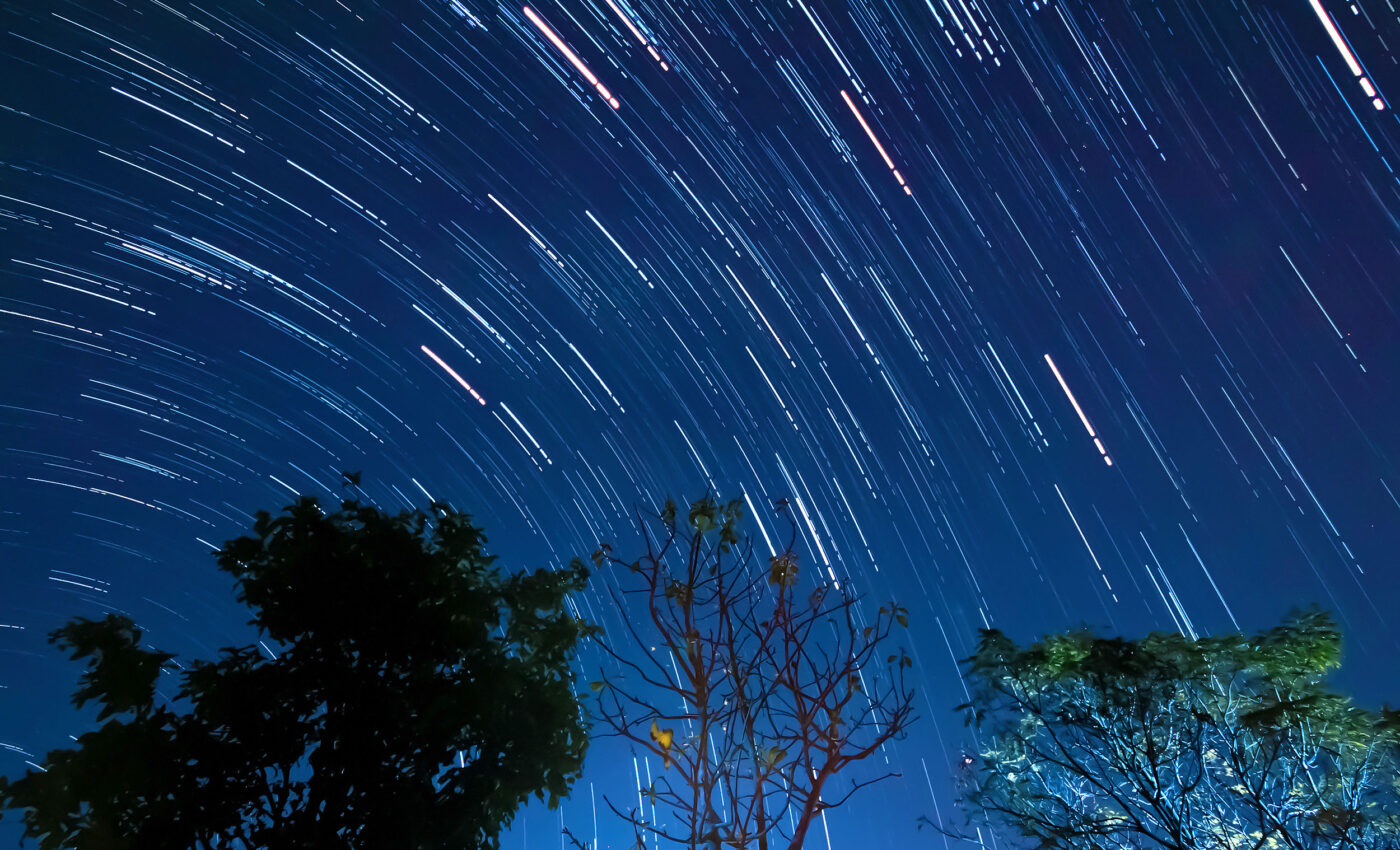
The Ursids, last meteor shower of 2023, peaks this weekend
As the night sky presents us with myriad wonders, one of the most captivating events to witness is a meteor shower. Among the numerous meteor showers that grace our atmosphere, the Ursid meteor shower holds a special place, as it usually peaks during the winter solstice.
These mesmerizing displays of shooting stars fill the heavens with a celestial spectacle that ignites our imagination and reminds us of our place in the vastness of the universe.
Below we will explore the Ursid meteor shower, its origins, and most importantly, the peak of this year’s celestial extravaganza.
Understanding the Ursids
The Ursid meteor shower occurs annually, usually between December 17th and 26th, as Earth passes through the debris left behind by the comet 8P/Tuttle.
Comets, often referred to as “dirty snowballs,” leave behind trails of dust and rock particles as they orbit the Sun. When Earth crosses the path of these remnants, they enter our atmosphere and create brilliant streaks of light known as meteors.
This year, the Ursid meteor shower will reach its peak on the night of December 21st, continuing into the early hours of December 24th.
During this time, skywatchers can anticipate an increase in meteor activity, potentially witnessing up to 10 meteors per hour. However, it’s important to note that meteor showers are unpredictable by nature, and actual rates may vary.
Ursid meteor shower: A unique beauty
What sets the Ursid meteor shower apart from other meteor showers is its radiant, the point from which the meteors appear to originate.
Located near the constellation Ursa Minor (also known as the Little Dipper), the Ursids emanate from a point in the sky close to the star Beta Ursae Minoris, also known as Kochab. This radiant gives the meteor shower its name and adds a touch of mystique to the cosmic performance.
Regarding the visibility of the Ursid meteor shower, experts from the International Meteor Organization (IMO) state, “Although the moon will be present in the sky during the peak hours, its brightness will not significantly affect the visibility of the meteors. Patient observers positioned away from city lights will still have an excellent chance to witness this celestial event.”
Preparing for the Ursids
To fully enjoy the Ursid meteor shower, preparation is key. Here are a few tips to enhance your viewing experience:
Find a Dark Sky Location
Light pollution can hinder our ability to fully appreciate the wonders of the night sky. Seek out a site away from the bright urban lights to maximize your chances of observing meteors.
Check the Weather
While the Ursid meteor shower is an astronomical event, weather conditions play a crucial role in visibility. Prior to the peak night, monitor the weather forecast to ensure clear skies for unhindered observations.
Dress for the Occasion
Remember to dress warmly, as December nights can be chilly. Layered clothing will help you stay comfortable and focused on the celestial spectacle.
Be Patient and Observant
While meteor showers are unpredictable, their beauty lies in their unexpected surprises. Allow your eyes to adjust to the darkness and be patient as you scan the sky.
Celebrating the season with the Ursids
In summary, the Ursid meteor shower of 2023 promises to be a memorable event for all those who turn their gaze towards the heavens. Remember to embrace the awe and wonder that comes with stargazing, while contemplating our place in the universe.
Mark your calendars, set your alarms, and venture out into the night, for the Ursid meteor shower awaits. Witnessing this celestial spectacle will leave you in awe and deepen your appreciation for the grandeur and beauty of our universe.
—–
Like what you read? Subscribe to our newsletter for engaging articles, exclusive content, and the latest updates.
Check us out on EarthSnap, a free app brought to you by Eric Ralls and Earth.com.
—–













